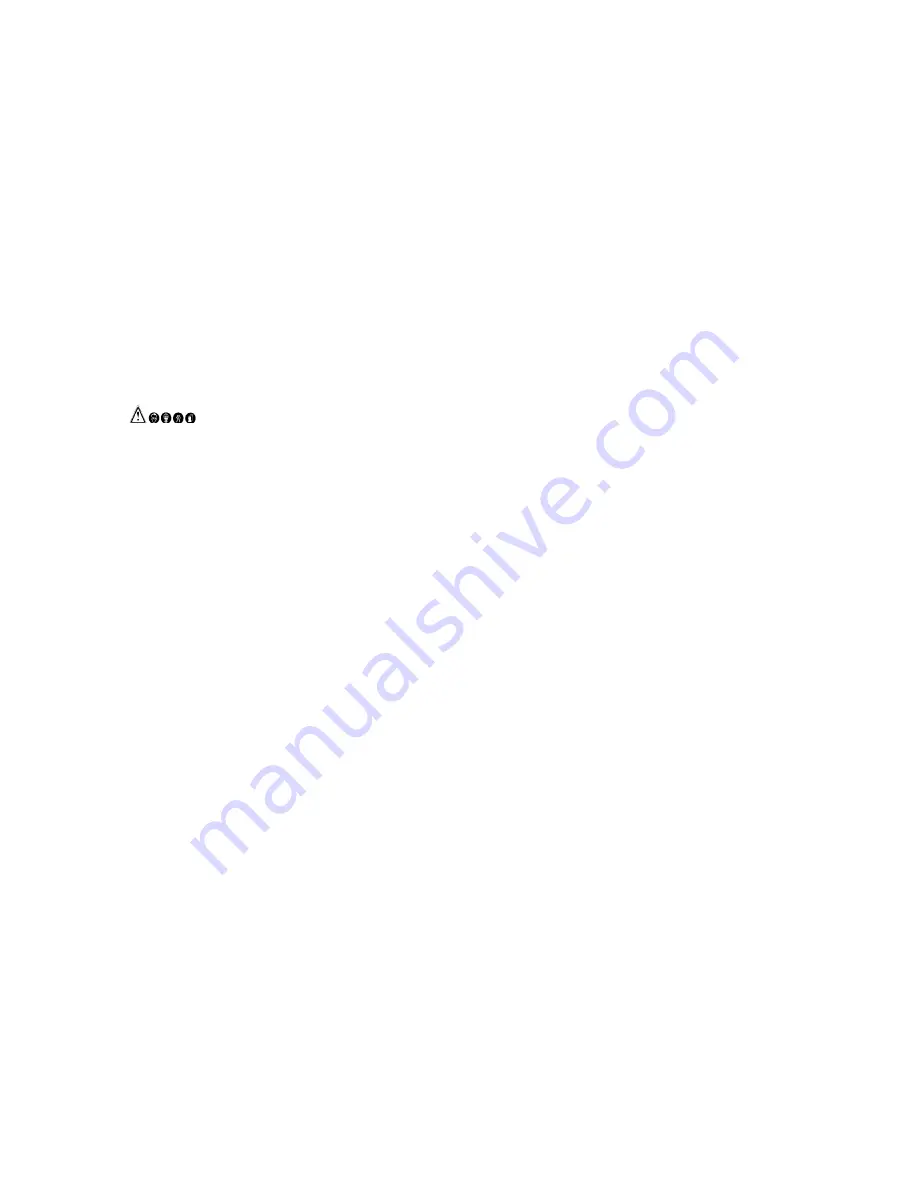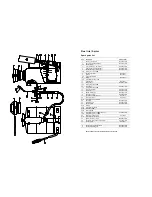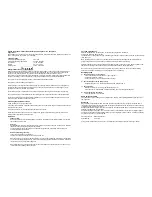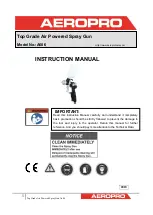
Please read these instructions carefully and keep them in a safe place
Applications
The equipment can be used to spray the recognized pesticides, weed-killers and liquid fertilizers, as used in the
home, in the garden, on the farm, or in vineyards.
Technical data
Permissible operating pressure
6 bar max.
Permissible operating temperature
30 deg.C (86 deg.F)
Tank volume
10 / 15 / 20 litres
Weight
4.8 / 5.2 / 5.5 kg
Spraying-rate
up to 2.2 litres/min
Safety instructions
Make sure that the liquid you wish to spray is suitable for this equipment. The safety and handling instructions
provided by the chemical manufacturer must be noted and observed. The use of chemicals is entirely at the
user's own risk. Should you have any doubts in this respect please contact the customer service.
The sprayer must not be filled with caustic substances (e.g. disinfectants and impregnating liquids which attack
the skin or materials), corrosive substances (acids) or highly inflammable or combustible substances.
The sprayer must not be filled with liquids at a temperature greater than 30 deg.C.
The effects of frost can damage the equipment.
When spraying avoid contact with the liquid being sprayed. Wear protective clothing, mask, and goggles and
protect your hands. Do not spray against the wind, nor when the wind is strong. Do not discharge any more
liquid than is needed for the area to be treated.
Do not attempt to clear a blocked nozzle or valve by blowing through using the mouth (danger of poisoning).
The appliance must be cleaned after use. When cleaning take care that water-courses are not contaminated.
Do not drain off chemicals into other containers (bottles, cans, etc). Store equipment and chemicals in a safe
place, away from children and domestic animals.
Preparing the equipment for use
Screw the pump lever into the pump shaft.
If the pump lever is blocked, press firmly downwards so that the rubber piston-ring which may be blocked can be
released into the cylinder.
Fit the hose. Check for correct operation and that there are no leaks.
When the appliance has been out of use for a long period, tighten up the lubricating piston (S) in the lowest
piston position (lever points upwards) a little.
Operation
-
Filling the tank:
Do not fill up to the level of the filling strainer, but keep to the maximum permissible contents: Flox 10 litres;
Iris 15 litres; Senior 20 litres.
−
Spraying:
Operate the pistol valve (23) and generate pressure by means of a few strokes on the pump lever. Maintain
the pressure by operating the pump lever periodically.
The nozzle fitted in the standard version is suitable for fungicides and insecticides. Other nozzles are
available for different applications.
-
Removing and fitting the pump:
Loosen the nut between pump and tank.
Tilt the pump casing towards the rear and pull it up and out.
When the piston (17) is exposed, the rubber piston-ring (18) can be re-tightened or replaced at the butterfly-
nut. Do not over-tighten the rubber ring. If the piston is properly greased, it should be possible to introduce it
into the valve housing (16) without using force.
When fitting the pump, check the gasket (10) in the suction pipe and if necessary replace it. The valve (14)
is accessible by unscrewing the air-reservoir.
Care and maintenance
After use the appliance must be emptied; never store the spray-liquid in the sprayer.
Unscrew the pump and empty the tank.
The appliance must be washed out using a suitable agent and then rinsed with clean water; do not use hot water
(max. 30 deg.C).
Move the pump-piston (17) to the lower position (handle points upward) and apply the lubricating piston (S)
gently. Then give the pump a few strokes, so that the piston is prevented from sticking.
Particular attention must be paid to parts which are subject to wear, such as the nozzle, filter and gaskets. The
filter (25) and nozzle (32) should be cleaned periodically. These parts are easily replaceable.
Do not clean the nozzle with hard objects, nor blow through it using the mouth. The most suitable cleaning
device is a nail-brush or tooth-brush. To dry the appliance, leave it standing.
Rectifying faults
a) The pump does not create suction:
- If the nut between pump and tank is not tight - tighten it
- Gasket (10) defective - replace
- Valve (14) sticking - free it by turning at the valve seat
b) The liquid drips out at the pump casing:
- Retighten the piston (17), see Section "Removing and fitting the pump"
c) The pump jams:
- Grease the piston (17), by turning the lubricating piston (S)
- If that does not cure the problem, dismantle the pump, and clean and grease the piston
d) No discharge from the nozzle:
- Filter (25) blocked - clean the filter
Spare parts and repairs
If any part shows signs of damage or wear, replace it immediately. Use only BIRCHMEIER original parts (see
spare parts list).
Guarantee
We guarantee the equipment for 24 months from the date of purchase. During this guarantee period we will
rectify free of charge any defects in the equipment caused by faulty material or manufacture, by either repairing
or replacing parts, or the whole sprayer.
Damage attributable to improper use, faulty maintenance, the effects of chemicals or normal wear and tear (e.g.
gaskets) is excluded from the guarantee.
The guarantee lapses if the owner or a third-party carries out modifications to the sprayer, or improper repairs.
The guarantee excludes all claims which extend beyond the obligations referred to above. All third-party liability
is excluded, other than any imposed by law.
Place of jurisdiction: Baden, Switzerland
Applicable law:
Swiss law
For any further information concerning use or maintenance of the equipment please refer to your dealer.





















